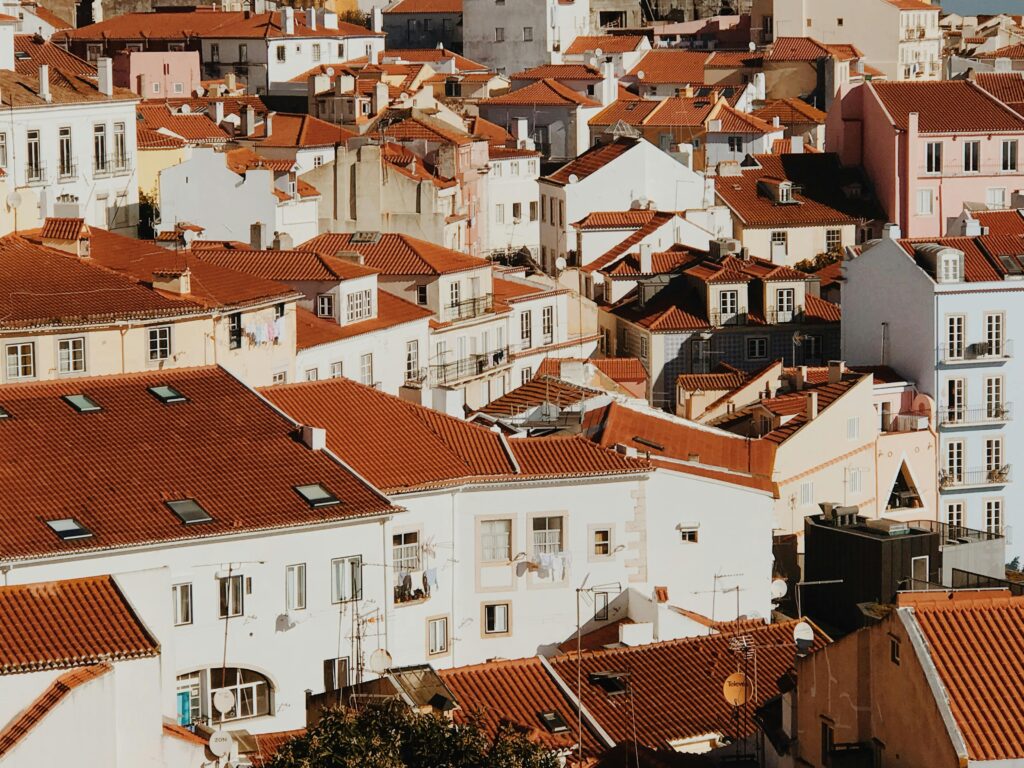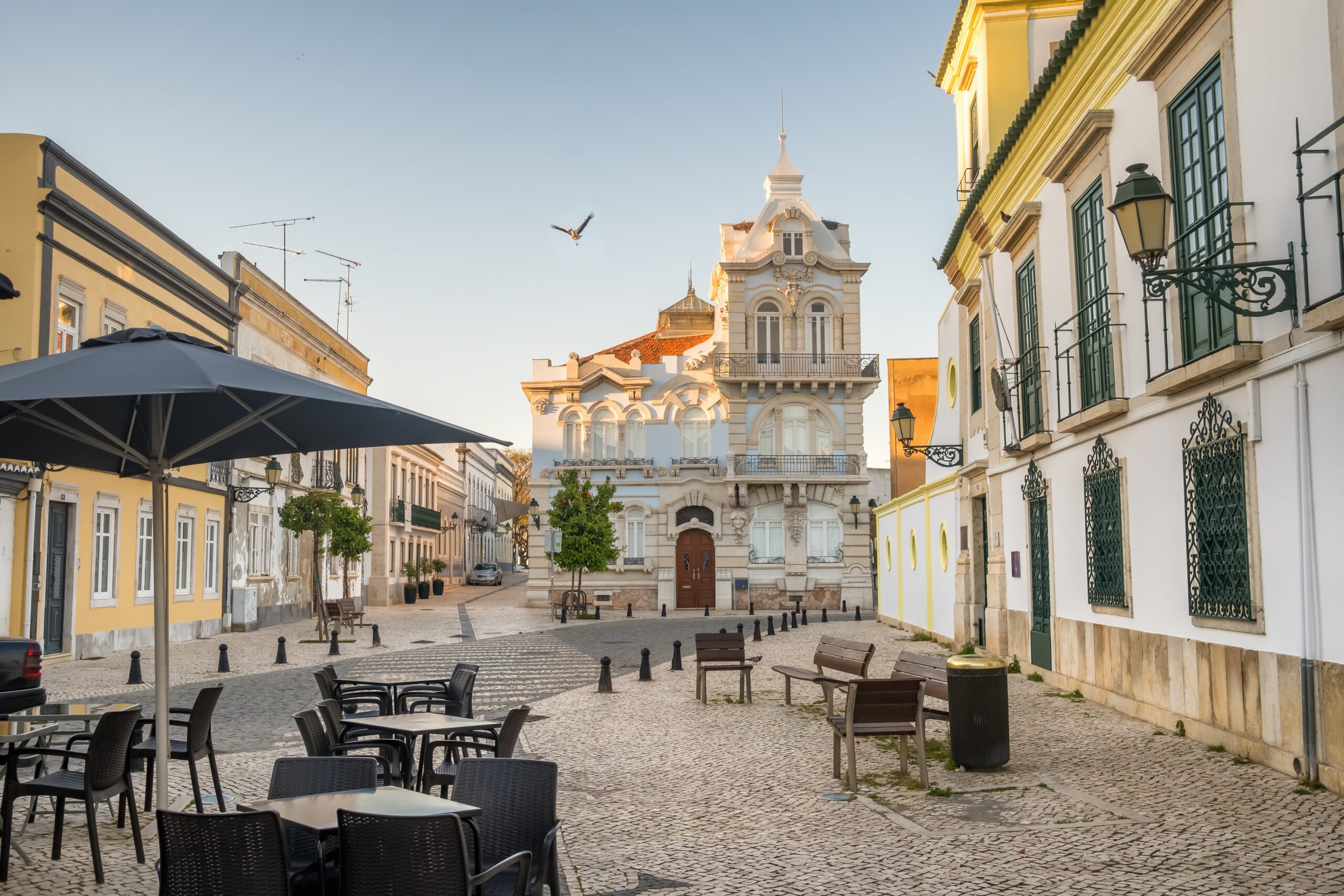This article explores the key architectural styles that have shaped Portugal’s built environment, highlighting both historical and modern contributions to global architecture.
- Roman Architecture in Portugal
- Moorish influence: The legacy of Al-Andalus
- Manueline architecture: A distinct portuguese style
- Baroque architecture: A period of grandeur
- Pombaline style: The rebuilding of lisbon
- Modernist architecture: The 20th century and beyond
- Contemporary portuguese architecture
- Conclusion
Roman architecture in Portugal
Roman architecture in Portugal dates back to the Roman Empire’s influence on the Iberian Peninsula, with the region playing an important role in the expansion of Roman civilization. The Romans brought their advanced engineering skills, leaving behind impressive structures that still stand today.
During the Roman period, towns were established with a focus on public life and civic engagement. Temples, amphitheaters, and public baths were constructed as part of the Roman approach to city-building. The Temple of Diana in Évora, with its grand columns and classical design, is a prime example of Roman influence. Similarly, Roman aqueducts such as the Águas Livres Aqueduct in Lisbon are engineering marvels, designed to supply water to urban centers, showcasing Roman ingenuity.
Roman architecture’s emphasis on grandeur, functionality, and civic responsibility continued to shape Portugal’s architectural heritage long after the fall of the Roman Empire, leaving lasting influences on subsequent architectural styles.
Moorish influence: The legacy of Al-Andalus

The period of Muslim rule in the Iberian Peninsula, known as Al-Andalus, greatly influenced the architecture of Portugal, particularly in the southern regions. This era lasted from 711 to the late 15th century and left a significant mark on the design of buildings and public spaces in Portugal.
Moorish architecture is characterized by elegant, ornamental features like horseshoe arches, intricate tile work, and lush garden designs. The Palácio Nacional da Pena in Sintra beautifully blends Moorish, Gothic, and Renaissance elements, and its detailed decorative arches reflect the legacy of Islamic architecture. The use of azulejos, traditional blue and white ceramic tiles, became a hallmark of Portuguese design, contributing to the vibrant and colorful facades seen throughout the country today.
The integration of water features and courtyards in Moorish architecture, such as the gardens of the Alhambra in Granada, influenced Portuguese palaces and gardens, creating serene spaces for reflection and relaxation that are still celebrated today.
Manueline architecture: A distinct portuguese style
The Manueline style, named after King Manuel I of Portugal, emerged in the early 16th century and is a uniquely Portuguese architectural style. This ornate style combined Gothic influences with Renaissance and Moorish elements, reflecting the prosperity of the country during the Age of Discovery.
Characterized by rich decoration and intricate stone carvings, Manueline architecture sought to display the wealth and power of Portugal. Jerónimos Monastery in Lisbon is the quintessential example of this style, with its complex stonework and maritime motifs. The inclusion of symbols like ropes, anchors, and shells reflects Portugal’s maritime history, with its explorers navigating the world’s oceans.
Manueline architecture was not just about aesthetics—it also symbolized Portugal’s dominance in global exploration, with its ornate facades and detailed decorations acting as a visual testament to the country’s imperial ambitions and success.

Baroque architecture: A period of grandeur
Baroque architecture in Portugal reached its peak in the 17th and 18th centuries, driven largely by the Catholic Church’s desire to assert its power in the wake of the Reformation. Baroque buildings are characterized by their dramatic forms, grandeur, and opulent decoration.
Portuguese Baroque churches, such as São Roque in Lisbon, are filled with gilded altars, colorful frescoes, and elaborate decorations meant to evoke a sense of awe. Mafra Palace, another example of Baroque architecture, is a monumental structure that blends both religious and royal symbolism, reflecting the power of the monarchy and the church. The Baroque style emphasized the use of light and shadow, creating a dynamic sense of movement within the building.
Baroque architecture in Portugal was not only about grandeur; it was also intended to convey religious devotion and divine power, with spaces designed to inspire and elevate the soul.
Pombaline style: The rebuilding of lisbon
After the catastrophic 1755 Lisbon earthquake, the Pombaline style emerged as a response to the disaster. Named after the Marquis of Pombal, who led the reconstruction of Lisbon, this architectural style combined practical design with neoclassical influences, ensuring that buildings could withstand future seismic activity.
The Pombaline style is notable for its grid-like layout, uniform facades, and innovative use of materials like reinforced timber. This style focused on creating functional, earthquake-resistant buildings, with a rational approach to urban planning. The Baixa district of Lisbon is a perfect example of Pombaline design, where buildings are built in a uniform, orderly manner to provide both safety and practicality in the aftermath of the quake.
While Pombaline architecture marked a shift away from the ornate Baroque style, it remains an important example of Portugal’s resilience and forward-thinking approach to urban design.
Modernist architecture: The 20th century and beyond

The 20th century brought modernism to Portugal, as the country embraced international architectural trends. Influenced by movements such as Bauhaus and early European modernism, architects in Portugal began to explore new forms, materials, and design principles, moving away from the historical styles of the past.
Modernist architecture in Portugal emphasizes simplicity, functionality, and the use of industrial materials like concrete and glass. Álvaro Siza, one of Portugal’s most celebrated modernist architects, is known for his work that blends contemporary minimalism with respect for local tradition. His designs, such as the Serralves Museum in Porto, use clean lines and open spaces to create a harmonious relationship between the building and its surroundings.
The modernist movement in Portugal reflected broader global shifts toward efficiency, rational design, and the use of new materials and techniques, offering a break from the decorative styles of previous centuries.
Contemporary portuguese architecture
Today, contemporary Portuguese architecture is known for its focus on sustainability, innovation, and integration with nature. Architects in Portugal continue to push the boundaries of design, combining modern technology with traditional materials and craftsmanship.
Contemporary architects like Eduardo Souto de Moura and João Luís Carrilho da Graça are known for their ability to blend modernism with a deep respect for the country’s architectural heritage. They often incorporate local materials like stone and wood into their designs, ensuring that new buildings are rooted in the traditions of the past while embracing the future. Many contemporary designs in Portugal also focus on eco-friendly and energy-efficient solutions, reflecting a growing awareness of environmental sustainability.
One notable example is the Mário Soares Foundation in Lisbon, a contemporary cultural space that merges sleek, modern design with elements of Portuguese history, creating an engaging dialogue between past and present.
Conclusion
Portugal’s architectural heritage is a rich tapestry that spans centuries, from the classical Roman influence to the intricate Manueline style, Baroque grandeur, and modernist simplicity. Each architectural period has contributed to the unique character of Portugal’s cities and landscapes. Today, the country’s architecture continues to evolve, with a strong focus on innovation and sustainability, ensuring that the country’s architectural legacy is preserved while embracing the future. Whether through the monumental structures of the past or the contemporary designs of today, Portugal’s architecture reflects the country’s history, resilience, and creativity.








